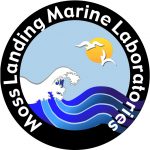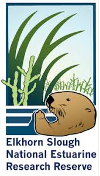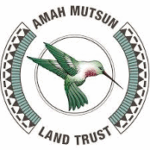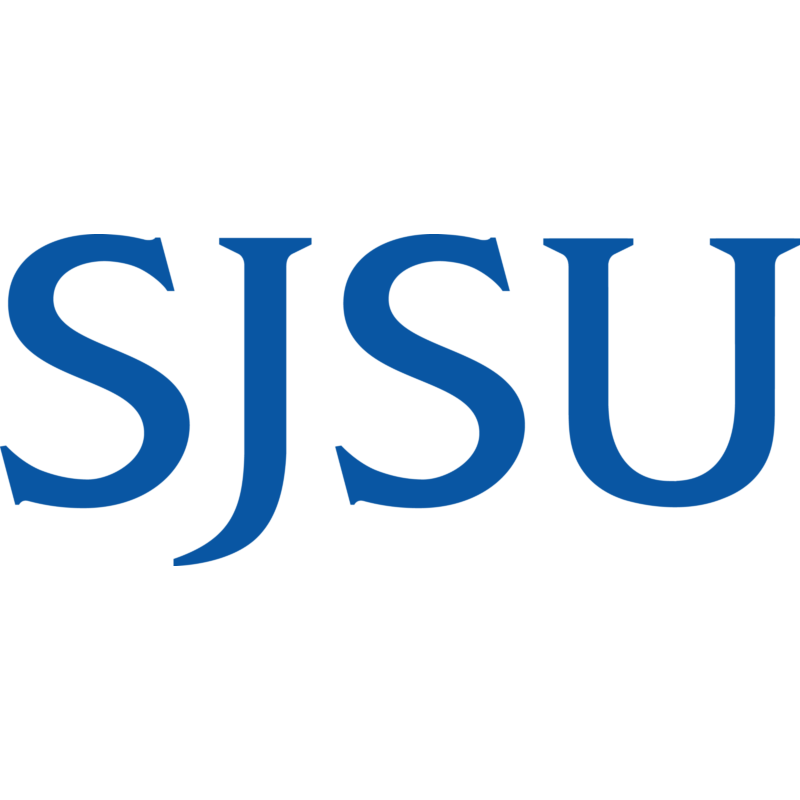
Biota Team



OVERVIEW
The biota team is tracking any uptake or accumulation of metals related to the battery fire into plants, invertebrates, and fish from several sites in Elkhorn Slough. Sampling includes bivalve, crustacean and fish species consumed by predators in the Slough (sea otters, harbor seals, leopard sharks, and humans), as well as other species tested to explore more broadly the potential for bioaccumulation within the estuarine food web.
Key team collaborations
The biota team is led by scientists from Moss Landing Marine Laboratories, Elkhorn Slough National Estuarine Research Reserve, Amah Mutsun Land Trust, and the Marine Pollution Studies Laboratory. It also relies on a broad network of Amah Mutsun Tribal members, ESNERR staff members and volunteers who have come to help collect in the field.
PROBLEM
- Battery fire metals detected in sediments may be taken up by life in the Slough.
- Metals may accumulate in tissues over time.
- Different species, modes of feeding, or lifestyles may be more or less susceptible to take up or accumulate metals.
SOLUTION
- Test the tissues of several plant, invertebrate, and fish species for heavy metals throughout Elkhorn Slough.
- Evaluate metal concentrations in tissues collected over time for the first 18 months after the fire.
- Survey throughout the food web across several species of plants, invertebrates, and fish.
APPROACH
- Collect from 4 sites, monthly for the first three months, then bimonthly, and later quarterly, for the first 18 months after the fire.
- Deploy transplanted mussels as bioindicators at 2 sites and replace them quarterly for the first 18 months after the fire.
- Monitor metal concentrations in tissues for any accumulation or change in concentrations over space or time, from several focal species of plants, algae, invertebrates, and fish.
- Conduct broader taxonomic sampling to explore any metal movement through the broader food web, including on species for human consumption.
- If elevated metal concentrations are detected,
- Inform health agencies
- Correlate the Nickel to Cobalt concentrations to determine whether they have the distinctive signature of battery storage cathode metals
- If possible find and analyze pre-fire tissue samples from the same species, collected for other research, for comparison.
6
Sites within Elkhorn Slough
21
Focal species of plants, invertebrates, and fish
12
Heavy metals measured from each sample
PROGRESS
Our first major sampling event took place less than 2 weeks after the battery fire began. We gathered team members and expertise and consulted with experts in other monitoring programs, such as NOAA’s National Mussel Watch. We applied for permits, wrote procedures, and developed plans for what species to target, where to survey, and how best to handle and track samples as they came from the field, into the lab, and eventually to the analytical lab. We have since sampled monthly for the first 3 months, then bimonthly after that. Samples are processed at the Marine Pollution Studies Laboratory in a trace metal clean environment, which ensures no contamination by other metals during sample preparation and analysis.
When sufficient samples have been analyzed to conduct a synthesis and statistical analyses of at least some dates / sites / species, the data will be shared first with relevant state agencies (Department of Fish and Wildlife, State Water Boards, Department of Public Health). Following their review, data and/or summaries will be shared more broadly with the public. Ultimately, we will publish the findings in a peer-reviewed scientific journal.
Our research collaboration began based on a desire to apply our expertise in a relevant way in our local community. The research plan has developed as we continue sampling. We welcome the opportunity to discuss additional collaborations and any support for this research. We are happy to answer any additional questions you may have. We are grateful to the dozens of community volunteers who have joined field surveys.
Team:
-
Amanda Kahn
Associate Professor,
Moss Landing Marine Labs -
Kerstin Wasson
Research Coordinator,
Elkhorn Slough National Estuarine Research Reserve -
Wesley Heim
Director,
Marine Pollution Studies Lab, MLML -
Autumn Bonnema
Associate Project Director,
Marine Pollution Studies Lab,
MLML -
Jacob Harris
Coastal & Ocean Stewardship Program Manager,
Amah Mutsun Land Trust -
Natalie Frontella
Research Assistant
MLML, CSU Monterey Bay

